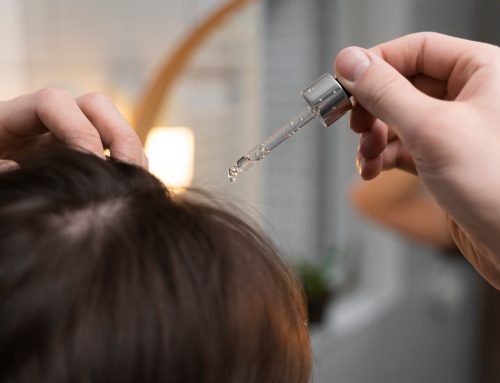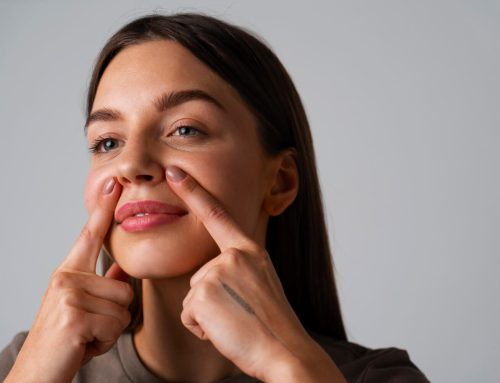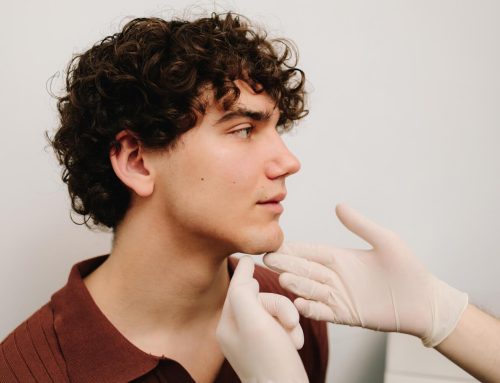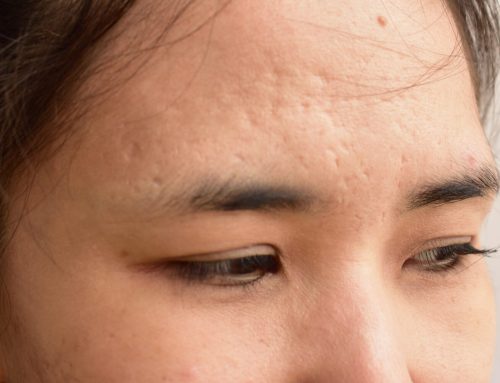When I see acne patients in our dermatology clinic in London, they always end up describing in detail their cleansing routine every morning and every night. I get the impression that acne is generally thought of as a problem of dirt skin. Acne patients are often obsessed with excessive cleaning that can even be harmful. I will explain below how to do a correct cleaning and what are the latest theories about the origin of acne.
Cleaning the face or the area affected by acne is necessary so that the products that are active against acne can penetrate easily and not because the skin is necessarily dirty. It is important to understand what is the lipid barrier of the skin, seborrhea, emulsifiers, soaps and micellar solutions.
The skin is formed in its external 200 microns by a layer or roof made by skin cells called keratinocytes, among which there must be a type of fat or oil that makes it a waterproof layer. This layer is called the EPIDERMIS. Covering it we find a discreet and very fine layer of sebum, a relatively acidic oil that protects us from bacteria and is produced in the sebaceous glands and is called LIPID BARRIER. Due to the fact that in acne these glands are larger than normal and are more active than they should, the surface of the skin of the face is usually more oily and shiny. This is not necessarily a bad thing because microbes cannot cross this layer of sebum. But an excessive lipid layer prevents anything useful in acne from entering the skin and having any effect. That is why it is important to use good clenasers.
Proper cleansing of the skin should remove excess sebum but not the beneficial fat from the epidermis. Cleansing must be done with care and avoid attacking the surface of the skin and making it dry. To remove the fat, substances called emulsifiers or soaps are used. These substances have the ability to mix oils with water and thus remove excess fat from the surface of the skin. A strong emulsifier is the one used in kitchen detergents and they mix large portions of oil with smaller parts of water. In contrast, a cream needs a mild emulsifier to mix small amounts of oil with equal amounts of water. A micellar water has small amounts of emulsifier to be able to drag the excess oil from the skin. On some occasions, when the skin is very sensitive, we must use oil cleansers that lack emulsifiers and do not irritate the skin.
With regards to the latest theories about the origin of acne, it is important to note that not everything occurs on the skin. It is now known that good bacteria in the intestine are responsible for metabolizing sexual hormones and absorbing them correctly. The diet we have today, rich in sugars and poor in vegetables or fruits, leads us to an alteration of these bacteria, which is known as DYSBIOSIS. This alteration causes us to have more male hormones that, by stimulating the sebaceous glands, worsen acne and induce skin inflammation.
In a recent study, a group of patients were treated with antioxidants, probiotics, Zn and Se and a correct diet in fruits and vegetables and removing sugars and processed products. Within 6 months there was an 86% improvement in acne lesions. Mood, hair loss, and skin redness also improved.
It is not a good idea to become obsessed with over-cleaning your skin, but rather to take care of it, both from the inside with a proper diet and from the outside with oil-based cleansers or products that are more respectful of the skin.



